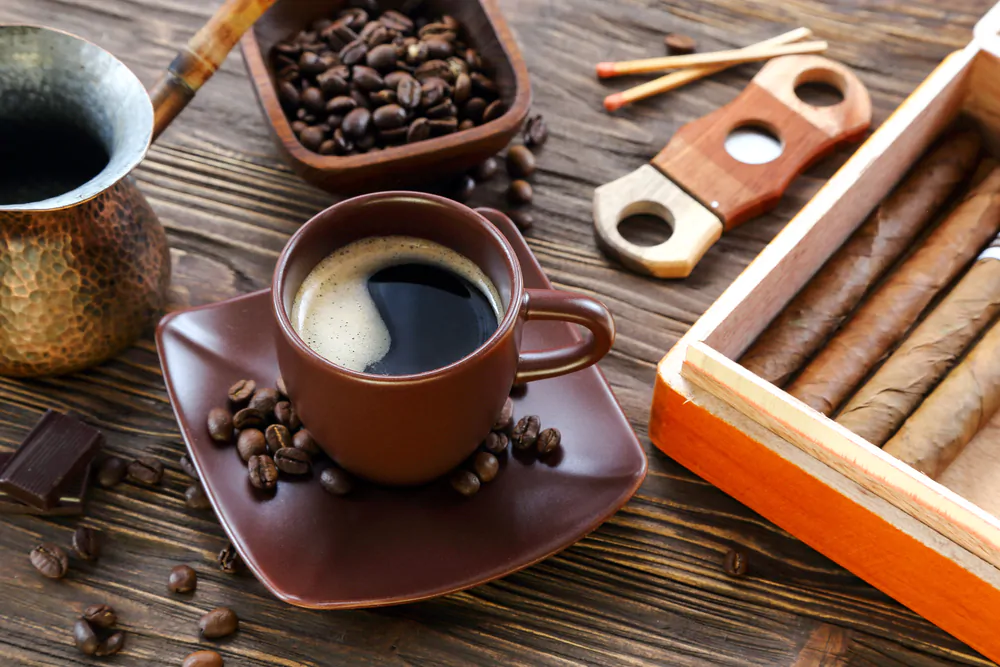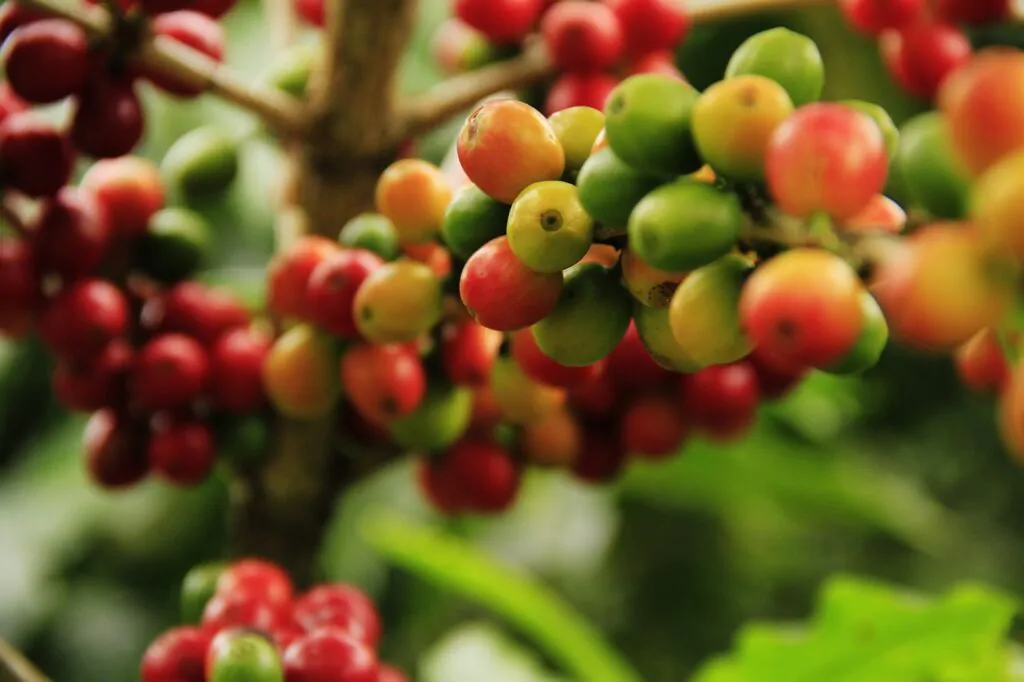Discover how Cuban coffee history perfectly parallels the successes and challenges of Cuba and its people.

Locals have been growing and drinking coffee in Cuba at least as far back as the middle of the 18th century. However, it wasn’t until almost a hundred years later that the drink the world knows as Cuban coffee, or café Cubano, became popular. Since that time, a lot has changed in Cuba, and so too, with Cuban coffee.
The Earliest Growers

In order to fully appreciate the strong connection Cubans have with coffee, you have to go back to the beginning. Don José Antonio Gelaber planted the first coffee plantation on the outskirts of Havana in 1748 with seeds he brought with him from Santo Domingo.
Although the new crop was popular, it wasn’t until 40 years later, when the French coffee planters fled the revolution in Haiti and settled in Cuba, that the coffee growing and drinking really took off. Many of the new arrivals set up coffee plantations on the mountainous eastern side of the island. Even today, the vast majority of Cuban coffee comes from this same region of the country.
You might also be interested in our Spanish latte guide.
Early Successes And Bitter Problems
It didn’t take long before Cuba became one of the region’s top producers and exporters of coffee. As the island prospered, cafes popped up all over the island. In the early 1900s, there were more than 150 cafes in Havana serving locals and the hundreds of thousands of tourists who flocked annually to the city’s legendary nightlife.
In 1959, the Cuban Revolution changed everything. Harsh restrictions replaced the glitz and glamour that was once the lifeblood of the capital city. With less foreign money and trade coming into the country, Castro had the old coffee plants ripped out and replaced with food crops.
The government created a comprehensive rationing system to help ease severe food shortages. With less coffee in production, it became one of the most restricted commodities in the country. The coffee-loving Cubans were allowed only four ounces of coffee per month.
The Cuban Solution To The Coffee Shortage Crisis
However, Cubans were not about to just give up drinking coffee. Luckily, some of the best innovations come from the most severe deprivation, and it wasn’t long before people began to adapt to their new reality.
Cubans started drinking smaller cups of coffee to stretch their meager coffee rations, but this still left too many coffee-less days. So, just like millions did during prior coffee shortages, they looked for something to add to the coffee to bulk it up. Instead of the chicory or Postum that Americans used during the coffee rationing of the war years, Cubans used toasted chickpeas.
Adding the ground chickpeas did extend their coffee, but it also made it exceedingly bitter. So to counteract that bitterness, Cubans added additional sugar. Over time, people developed techniques of mixing sugar with their coffee to produce a unique flavor and appearance.
4 Different Types Of Coffee In Cuba
After the Castro government relaxed some of the laws concerning running private businesses, a few cafes tentatively opened their doors. While these businesses do not have to deal with the same rationing restrictions, most continue to serve the uniquely Cuban style of coffee.

There are several different varieties depending on your taste and how you plan to enjoy your Cuban coffee. The following are just a few examples of popular drinks.
1. Café Cubano
Café Cubano or cafecito, as most people call it in Cuba, is what most people think of when they hear the term Cuban coffee. It comes in a tiny espresso-sized cup with a thick layer of azuquita on top. Azuquita is the foam formed by whipping equal amounts of sugar and coffee together, and it is the mark of a well-made cafecito.
2. Colada
Think of a colada as an extra-large cafecito designed for sharing. Drinking coffee with friends and guests is a tradition in Cuba, and ordering a colada in a cafe allows you to play host by serving others by filling up their cafecito cup with yourself.
3. Cortadito
Italians have caffè macchiatos and Cubans have cortaditos. A cortadito is a standard café Cubano served in a slightly larger cup and a splash of steamed milk on top of the azuquita. The addition of milk helps soften any lingering bitterness, especially if you are not using a whole serving of sugar.
4. Café Con Leche
Milky and sweet, a café con leche has a similar taste to a sweet cappuccino. An order consists of a cup of cafecito along with a separate cup of steamed milk. It is up to the drinker to add as much steamed milk as they want to the coffee. If you liked this post, you might be interested in reading about if Cuban coffee is stronger than espresso.
Final Word on Cuban Coffee History
The Cuban coffee we drink today owes a lot to the rich history of Cuba and its people. When you understand the coffee style’s origins, you may gain a deeper appreciation of the beverage. However, it doesn’t take a history class to truly enjoy the unique taste.
FAQs About Cuban Coffee History
What is special about Cuban coffee?
Several factors set Cuban coffee apart from other coffees. These include whipping sugar with an equal amount of coffee to create a sugar foam, brewing coffee in a Moka pot, and serving the coffee in tiny cups called tacitas.
Who invented Cuban coffee?
There wasn’t a single person who came up with the idea for Cuban coffee. Instead, the style developed over time due to several social and political policies that greatly limited the Cuban people’s access to coffee.
